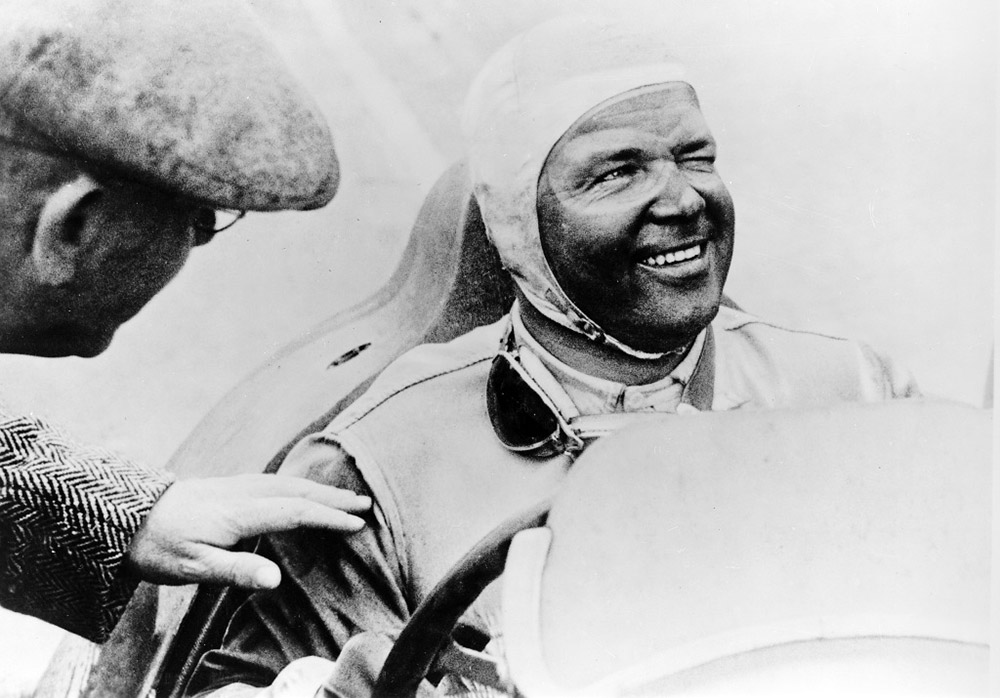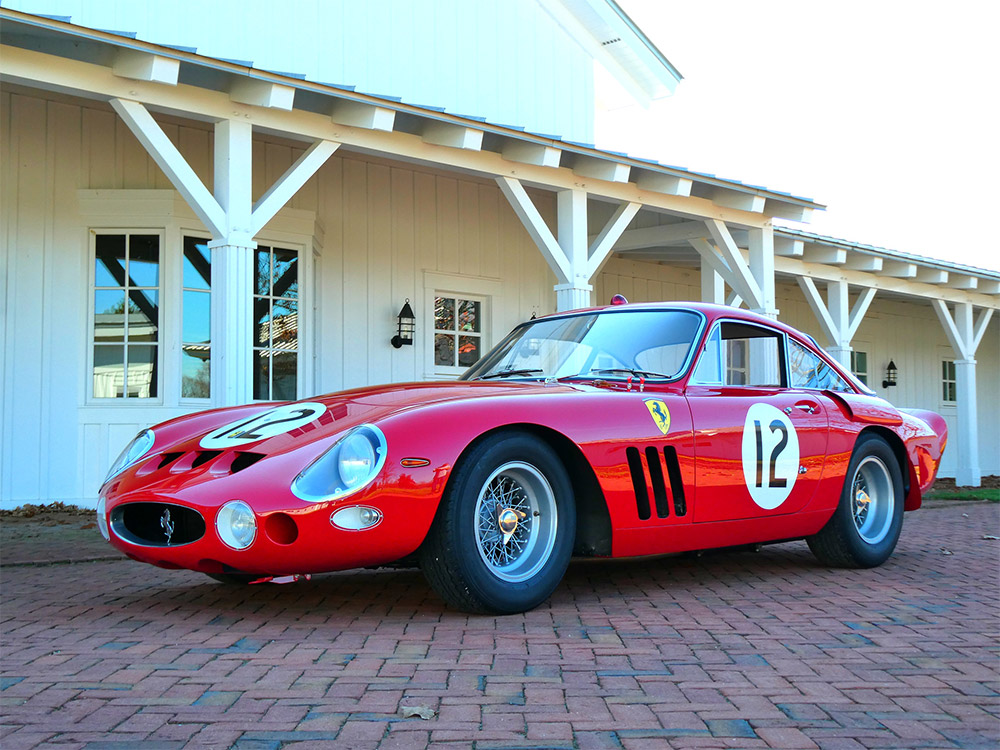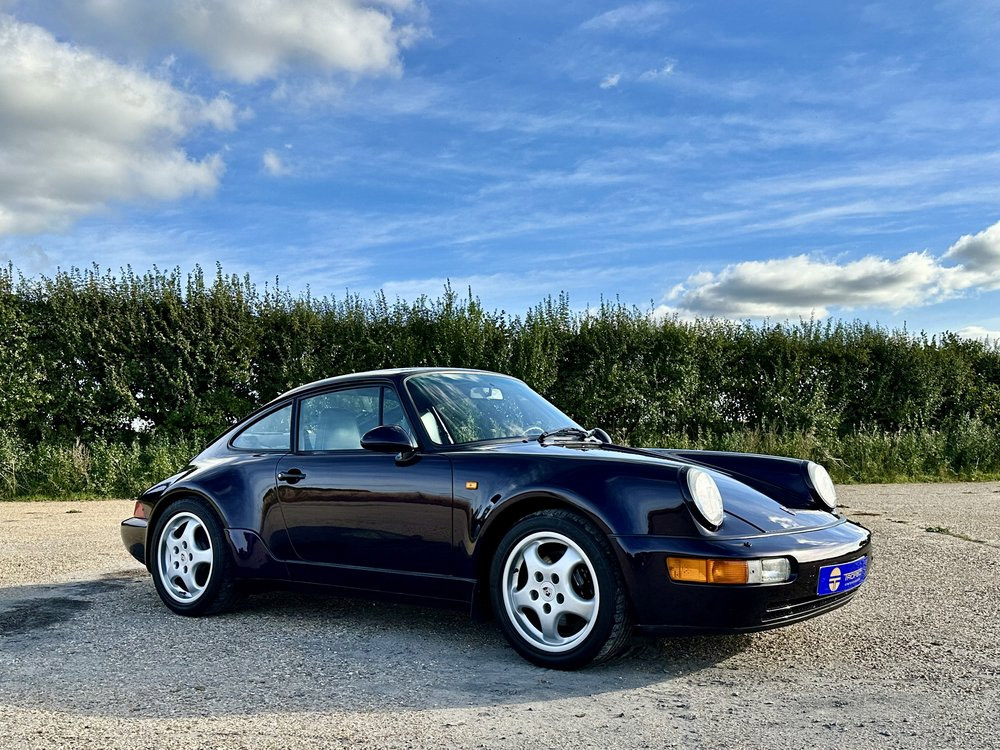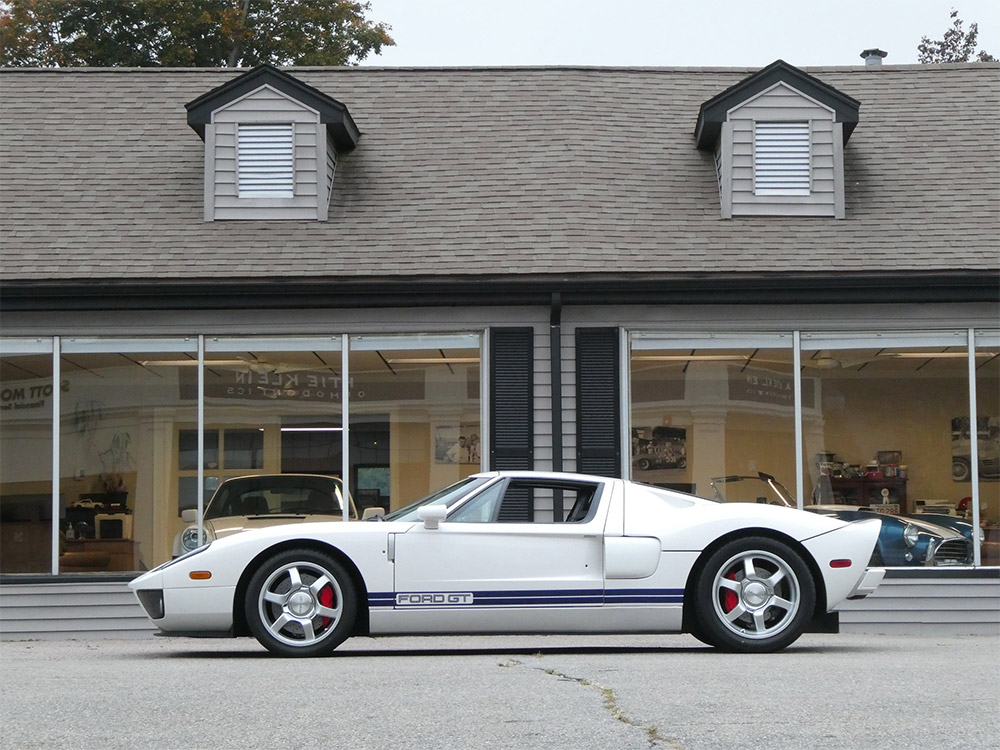Time and again, great racing drivers dominate entire eras with their sporting success. For instance Rudolf Caracciola: the Mercedes-Benz works driver was the star of the first Silver Arrow era in the 1930s. He was crowned European Grand Prix Champion in 1935, 1937 and 1938, a title that – in terms of sporting prestige – is comparable to the Formula 1 World Championship, which was established in 1950. Rudolf Caracciola was born in the German town of Remagen 120 years ago, on 30 January 1901. Plenty of success, but also the odd tragedy characterised the life of the sports celebrity, who died on September 1959 in Kassel, Germany, at the age of only 58.
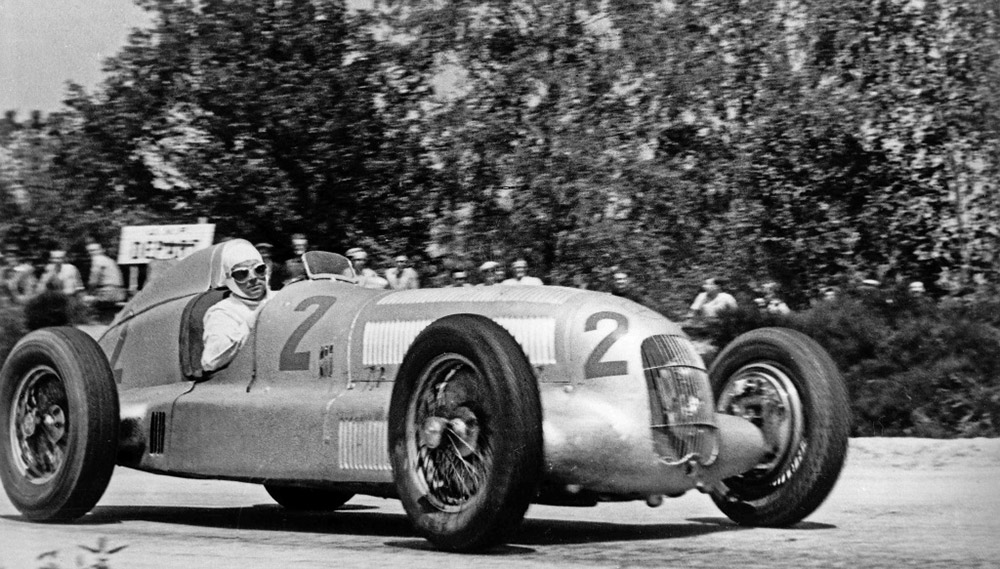
Live your dream: On 15 November 2020, after Lewis Hamilton had claimed his seventh World Championship title and victory at the Turkish Grand Prix, he said the following in the first interview after having crossed the finish line: “Dream the impossible, speak it into existence and never give up!” Rudolf Caracciola used very similar words in his biography entitled “Meine Welt” (“My World”), published in 1958: “I believe that any human being can achieve what they want to achieve. I had wanted to become a racing driver ever since I was fourteen.”
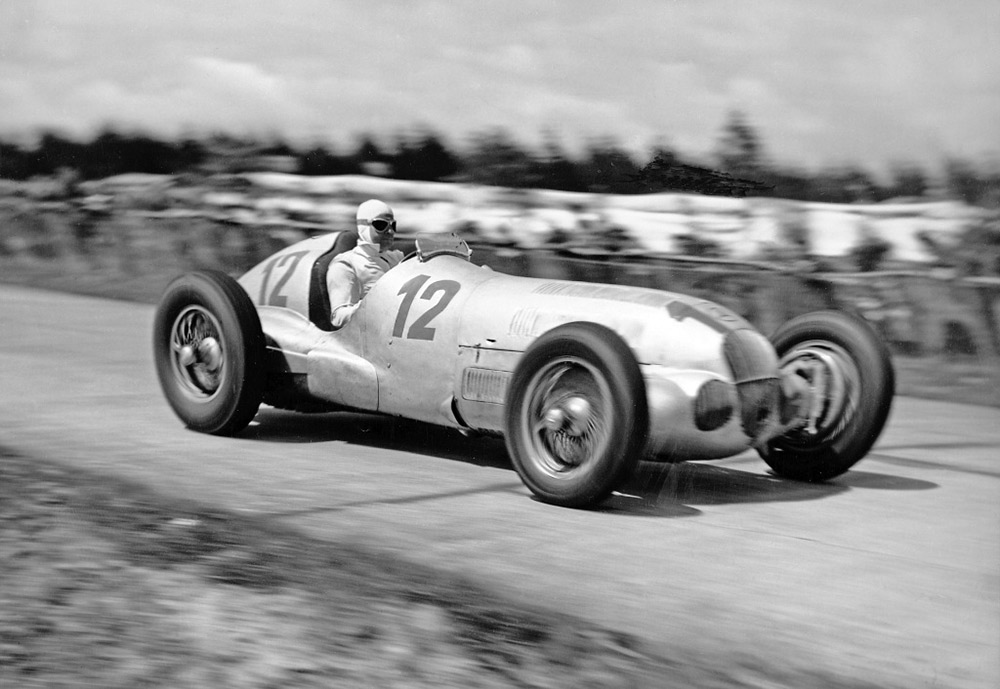
Champion of all categories: Nowadays Grand Prix drivers are specialists who fully focus on Formula 1 races. However, this had been very different up until well into the 1970s. Star drivers’ schedules included Formula 1, Formula 2, sports car and touring car races, hill-climbing competitions and even rallies. Rudolf Caracciola, whose career spanned several automotive and racing car eras, demonstrated a vast bandwidth of driving skills. His initial success in the 1920s drew the attention of what was Daimler-Benz AG at the time. He signed a works driver contract and was provided with vehicles from the famous S series. For instance, in 1929, he won the International Tourist Trophy on the Isle of Man, covering 660 kilometres at the wheel of the Mercedes-Benz Type SS. At hill-climbing races he claimed three consecutive European Hill Climb Championships: in 1930 and 1931 in a Mercedes-Benz (SSK and SSKL) and in 1932 at the wheel of an Alfa Romeo (2.6-litre Monoposto). Driving a Type SSKL in 1931, he was the first non-Italian racing driver to claim the Mille Miglia title. Numerous victories in very powerful Mercedes-Benz and Alfa Romeo Grand Prix racing cars followed. However, he could go a lot faster: on 28 January 1938, Caracciola’s Mercedes-Benz record-breaking car was clocked at 432.69 km/h while racing along the flying kilometre stretch of the Frankfurt–Heidelberg motorway. It took 79 years until, on 4 November 2017, a Koenigsegg Agera RS broke this absolute speed record set on public roads on a public road in Nevada/USA.
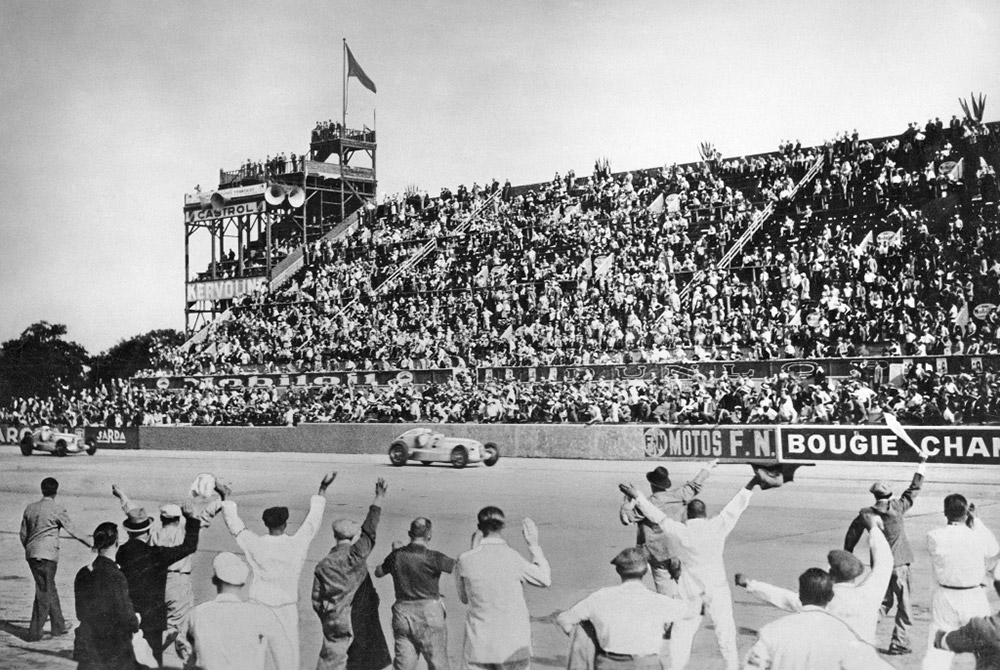
Master of rain: On 11 July 1926, recently established Daimler-Benz AG provided Caracciola with a Mercedes 2-litre 8-cylinder racing car featuring a compressor for the first German Grand Prix at Berlin’s Avus race track. He was the last to start in a field of 38 competitors, watched by a crowd of 230,000 spectators. During the race it started to rain heavily. However, Caracciola overtook all his competitors, earning him the reputation of being the “master of rain”. It marked his breakthrough to becoming one of the greatest racing drivers.
Silver Arrows: In 1934, the first ever Silver Arrow was designated as the Mercedes-Benz W 25. It had been designed on the basis of the 750-kilogram formula. It initially generated an output of 260 kW (354 hp), which was subsequently increased to up to 363 kW (494 hp). Reaching top speeds of around 300 km/h, back in the day it almost matched the driving performance of the 2020 Mercedes-AMG F1 W11 EQ Performance. The W 25 was a synonym for high tech back then. For instance, until the 1950s, it would be considered completely normal for drivers to not be wearing a seat belt or helmet. Besides this, the steering and braking forces to be generated were significant and drivers had no electronic support or radio link to the pit lane.
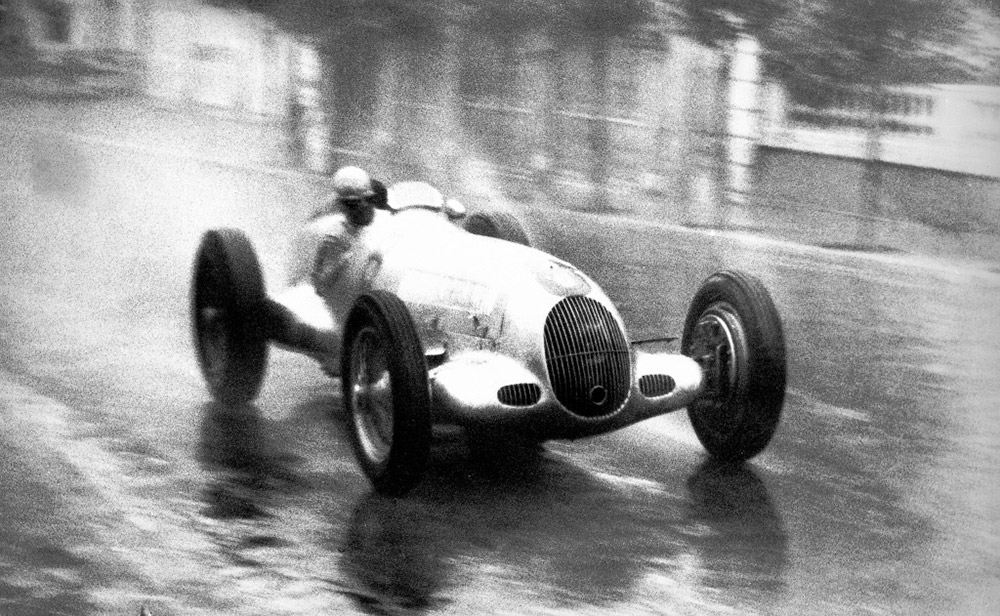
In the lead: In its first season the W 25 was quite successful – claiming two victories at “Grandes Épreuves”, amongst others. 1935 was the year of Caracciola and the evolved W 25 as he claimed a convincing victory at the European Grand Prix Championship. In 1937, the brand competed with the new W 125 and Caracciola once again dominated the Grand Prix season. The next racing car formula came into force in 1938. Mercedes-Benz competed with the W 154. At the end of the year, Caracciola had once again been crowned European Champion. Reflecting on the past, team colleague Manfred von Brauchitsch said about the champion’s driving style: “Rudolf is probably the greatest of all time because he managed to drive as if on railway tracks. He was a fully fledged, down-to-earth driver who was as cold as ice and clever.”
Accident with consequences: Flashback to the era of the global economic crisis around 1930. Major manufacturers withdrew from motorsport. For this reason, Rudolf Caracciola and his friend and fellow racing driver Louis Chiron established the privately owned Scuderia CC racing team in 1933 to be able to continue racing. On 23 April 1933, during a training run for the Monaco Grand Prix, Caracciola lost control of his Alfa Romeo and laterally crashed into some stone steps. Caracciola’s hip was shattered. He spent many months in hospital and his right leg would forever be five centimetres shorter than his left. From that point onwards, he suffered from constant physical pain. Alfred Neubauer, Mercedes-Benz race director for many years, said years later: “It’s what makes Caracciola valiant and gives him an air of being more than human, considering he claimed his greatest victories between 1934 and 1939 with such a physical disability.”
Rival: In 1939 Caracciola was paired up with a team mate showing equal abilities. Former racing mechanic Hermann Lang was not just very fast, but – in Caracciola’s opinion at least – he was also significantly prioritised in terms of technology and tactics. Caracciola addressed the board of management in a long letter, voicing unfair conditions and demanding he should be provided with “the same weapons” as his team mate. However, he never made his threat of retiring a reality. On 23 July 1939, and thus only a few weeks ahead of the outbreak of the Second World War, Caracciola returned to the road to victory, winning the German Grand Prix for the sixth time after 1926, 1928, 1931, 1932 and 1937.
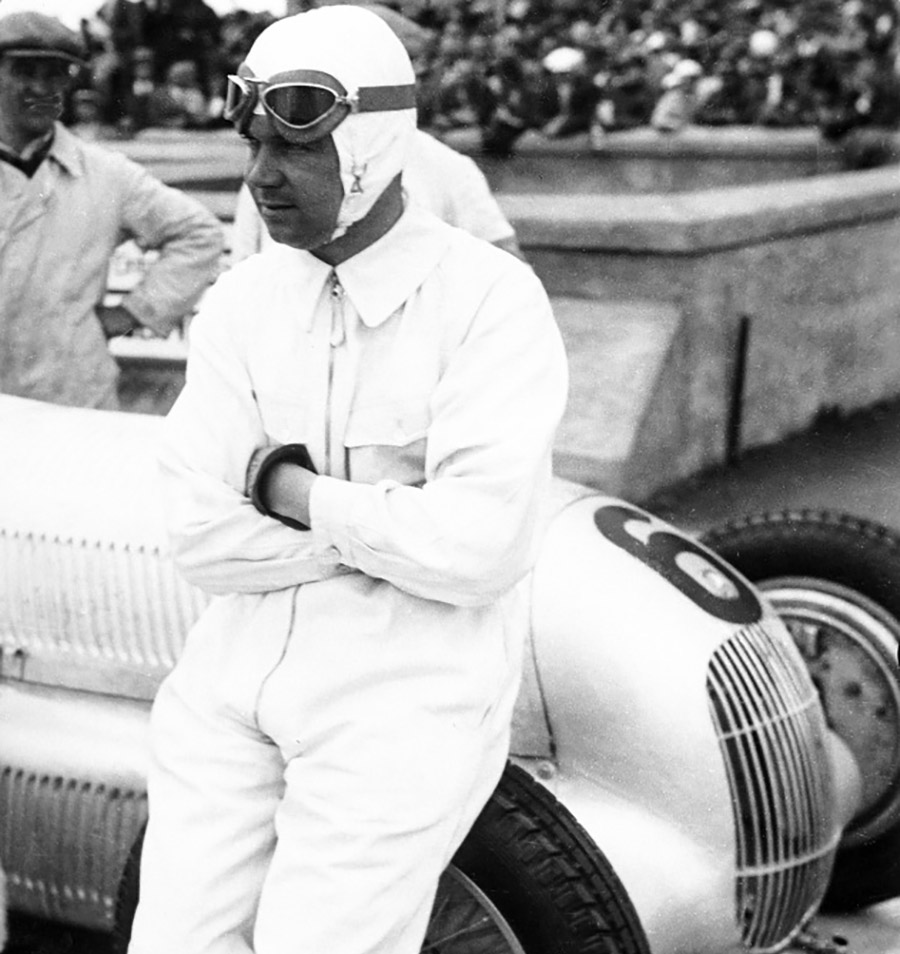
Personal life: Caracciola married his friend Charlotte from Berlin – known as Charly – in 1926 when his career was still unfolding. He wrote in his biography: “The life I shared with Charly […] was subject to the harsh conditions of my profession. She helped me train, she checked my times and my competitors’ times and guaranteed necessary relaxation periods after those tough months during the racing season.” In winter 1933/1934, he convinced his wife, a passionate skier, to join a skiing trip. Charly Caracciola never returned after an avalanche claimed her life. The quiet and shy racing driver withdrew into his shell. Louis Chiron and his partner Alice Hoffmann-Trobeck looked after him. She and Caracciola discovered their affection for each other and married on 19 June 1937. The worldly and independent woman later said that she felt at ease around Rudi, something which she had been missing with the charming Monegasque Chiron.
After the war: Rudolf Caracciola spent the majority of the six years of the Second World War at his villa in Lugano-Ruvigliana, overlooking Lake Lugano. Mercedes-Benz was unable to comply with the already agreed upon racing contract. However, he was granted a salary in the form of a “revocable allowance” totalling what former directors received. There was little for him to do. He could work in the garden and go cycling, but his leg injury prevented him from going hiking. He did not return to Mercedes-Benz until 1952. He played his part in bringing the Monte Carlo Rally team title to Stuttgart with a Type 220 (W 187) Saloon. At the Mille Miglia at the beginning of 1952, the team consisting of Rudolf Caracciola and Paul Kurrle finished in fourth position in the new 300 SL (W 194) racing car.
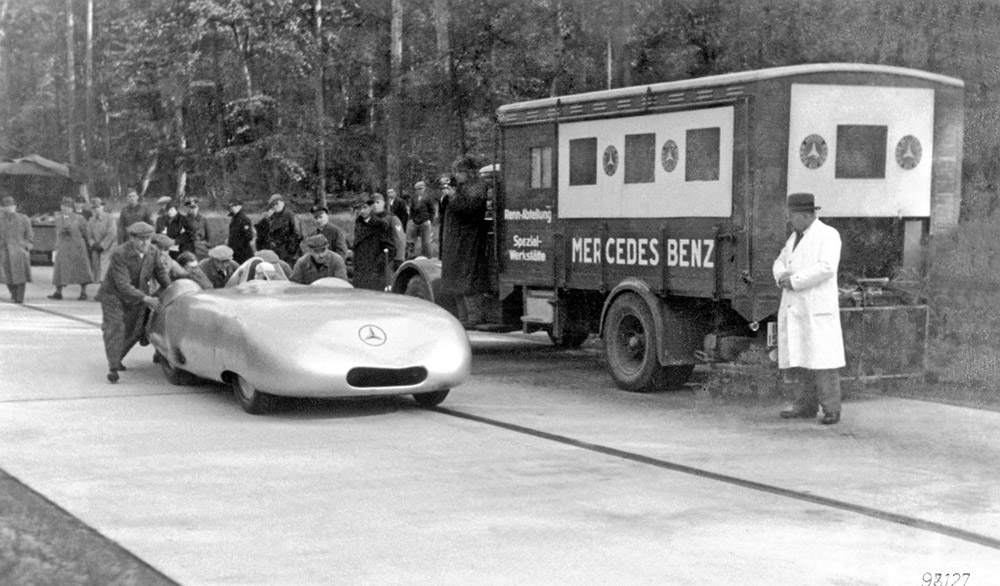
Last race: On 18 May 1952, 30 years after his first race in 1922 at Berlin’s Avus race track and 28 years after his initial victories at the wheel of a Mercedes-Benz, Rudolf Caracciola lined up on the starting grid at the Swiss Grand Prix in Bern one last time. In the thirteenth lap around Bremgarten Circuit, the left rear wheel of his 300 SL locked up, causing the driver to lose control and collide head-on with a tree. Caracciola suffered major injuries to his – until then – undamaged left leg and the accident also left him with a fractured kneecap. Once again he faced several months in hospital. At the time Caracciola was 51 and it became clear to him that he would never compete in a motorsport event again.
Farewell: After the end of his career Rudolf Caracciola remained closely affiliated to “his” Mercedes-Benz brand. He attended many events as a highly respected Brand Ambassador. However, he was admitted to hospital in September 1959, where doctors diagnosed advanced liver disease. After a few days in a coma, Rudolf Caracciola died on 28 September 1959 in Kassel, Germany. Race director Alfred Neubauer said about him: “He merged an extraordinary level of reliability, concentration, physical endurance and intelligence. […] I would say Fangio is the only one in the ‘absolute world class’ category together with Caracciola. […] Caracciola’s numerous victories at Grand Prix races, endurance races, hill-climbing sprints and records make him the undisputed champion”. On 14 July 1969, around ten years after having said goodbye to this great racing driver, Alice Caracciola wrote the following to a long-standing pen friend: “Rudi will remain unforgotten for a long time – a silver lining in racing drivers’ skies.”


